

Elastic is used on waistbands to make your clothing comfortably fit. You will find elastic in clothes like your sportswear and children’s clothes to help accommodate their growth. Elastic is not only used for this but can also add to the decorative touch of your clothes. There are many types of waistbands, and as a beginner in sewing, it may be tricky knowing their differences and what they can be used for.
In this article, you will learn about the types of elastics for sewing. We will explore the four major elastic types: knitted, braided, woven and clear elastics, and their various applications.
 Knitted elastic is usually very soft when compared to braided and woven elastics. One unique feature of the knitted elastic is that it will retain its elasticity even when stretched. You can also use it even when you pierce the elastic with needles. The band rolls better than the woven elastic but not as much as the braided elastic.
Knitted elastic is usually very soft when compared to braided and woven elastics. One unique feature of the knitted elastic is that it will retain its elasticity even when stretched. You can also use it even when you pierce the elastic with needles. The band rolls better than the woven elastic but not as much as the braided elastic.
You can use the knit elastic for mid-weight fabrics but not on heavy fabrics. The elastic does not have the right amount of grip needed to hold heavier fabrics. It is great for making pajamas, underwear, and other not-so-heavy fabrics.
 Braided elastic has been an advantage with its length and parallel ridges. The ridges give the elastic more grip, which makes it great for heavy fabrics. When it is stretched, the elastic becomes narrower than its original size. The braided elastic is more flexible and will roll better than the other elastics. However, it loses its elasticity when sewn with needles.
Braided elastic has been an advantage with its length and parallel ridges. The ridges give the elastic more grip, which makes it great for heavy fabrics. When it is stretched, the elastic becomes narrower than its original size. The braided elastic is more flexible and will roll better than the other elastics. However, it loses its elasticity when sewn with needles.
This elastic is better suited for casings and not to be used on fabrics directly. You can use it on your sleeves, necklines or other parts of your dresses where its rolling won’t become a problem. It is not to be sewn with needles because it would lose its stretch.
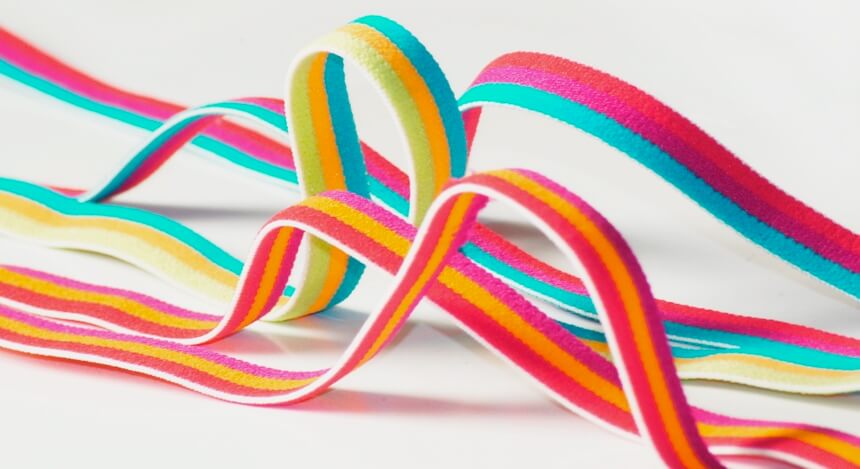 The woven elastic does not roll and is the firmest of the other three elastics. The woven elastic, when stretched, retains its width. It is one of the most preferred choices of elastics because of its strong quality.
The woven elastic does not roll and is the firmest of the other three elastics. The woven elastic, when stretched, retains its width. It is one of the most preferred choices of elastics because of its strong quality.
It can be used on heavy fabrics because of its firmness. For example, the 1″ Non-Roll Elastic is a type of woven elastic that is well praised by most users. Also, you will need a lot of this elastic because it does not stretch far. It is great for making underwear and casings for garments. You can also use it for your bags and home décor. It can be used for most elastic jobs and will hold your fabric firmly.
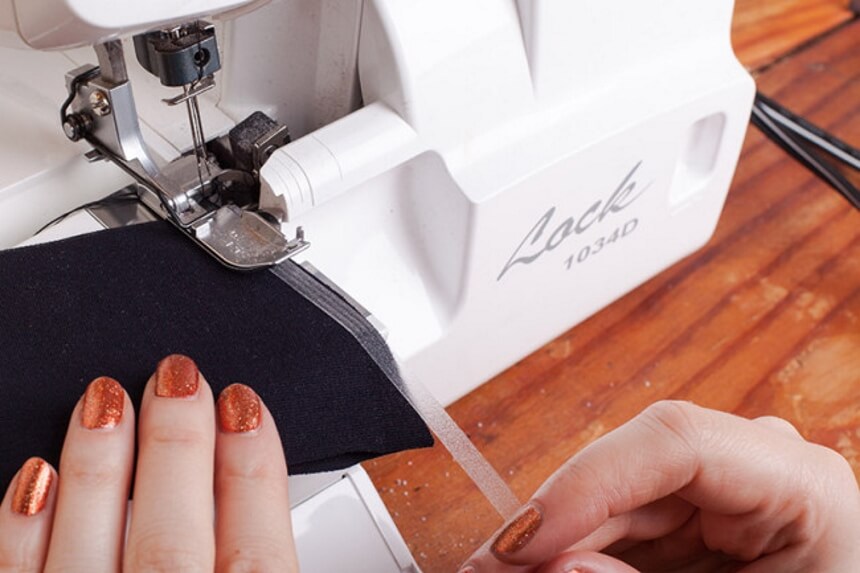 The Clear elastic is very different from the other three elastics. It serves a different purpose but is still a very important elastic type. Clear elastic is used for only two things, to gather knits or stabilize them and, secondly, to keep your garment in place. You can use a needle on this elastic.
The Clear elastic is very different from the other three elastics. It serves a different purpose but is still a very important elastic type. Clear elastic is used for only two things, to gather knits or stabilize them and, secondly, to keep your garment in place. You can use a needle on this elastic.
There are many applications for clear elastic. Most times, it is used to make wears like knitted jumpers, jersey, swimwear and lingerie. The elastic bands can also be used on your neckline to hold the seams.
Apart from the four major elastics mentioned above, there are other elastic types, and they each have their unique uses. Below are a few of them.
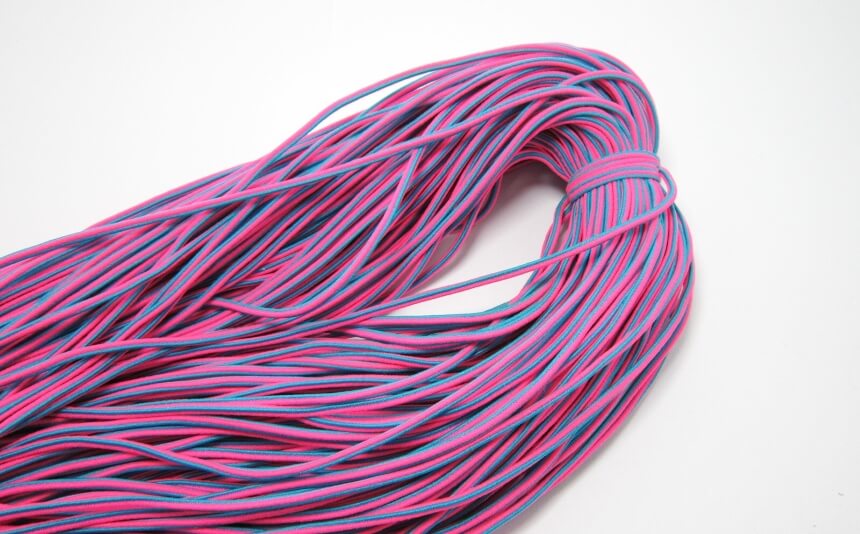 The cord elastic comes in different colors and sizes. One example of the elastic is the Usew elastic cord, and it fits comfortably on your skin and can be used for clothing that doesn’t need a lot of stretching. You can also use this elastic to make bracelets and necklaces. You will find cord elastics on baby wears and button loop.
The cord elastic comes in different colors and sizes. One example of the elastic is the Usew elastic cord, and it fits comfortably on your skin and can be used for clothing that doesn’t need a lot of stretching. You can also use this elastic to make bracelets and necklaces. You will find cord elastics on baby wears and button loop.
 Elastic thread is used as one textile piece. If you are familiar with smocking by machine, this is the elastic used for the job. The elastic thread is wound in the sewing machine to help sewers create unique textures with their fabrics. You can find about some quality sewing threads that are great with elastic here.
Elastic thread is used as one textile piece. If you are familiar with smocking by machine, this is the elastic used for the job. The elastic thread is wound in the sewing machine to help sewers create unique textures with their fabrics. You can find about some quality sewing threads that are great with elastic here.
This elastic is meant to fold over a raw edge to finish it. It is used both on underwear and outer garments. One such elastics is the Dreamlover elastic which can also be used on baby nappies and is a common elastic found in hair bands.
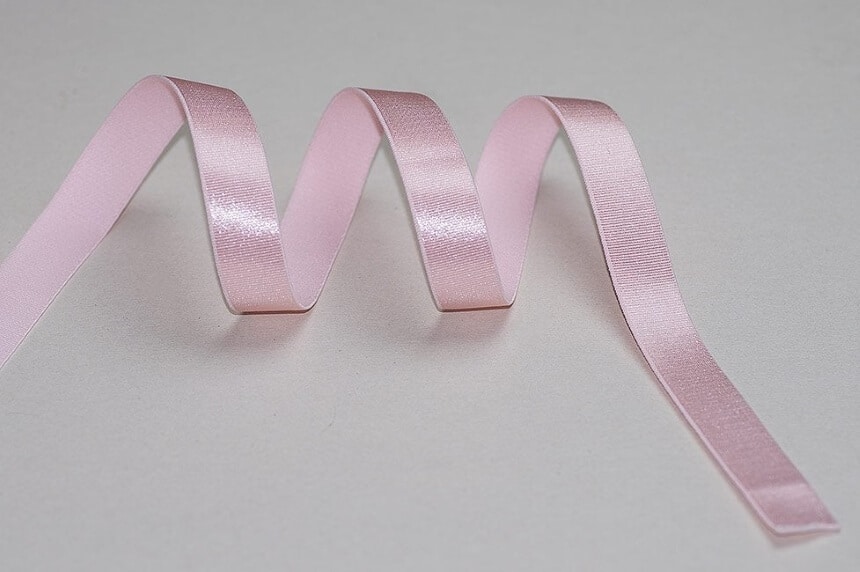 This elastic comes in different sizes, colors and weight. It is a stretchy fabric and one that can be used on fabric edges. It is better applied to sportswear and undergarments. There is the option of getting a plush back elastic with plush on one side and the other side smooth. Some plush back’s also come with print.
This elastic comes in different sizes, colors and weight. It is a stretchy fabric and one that can be used on fabric edges. It is better applied to sportswear and undergarments. There is the option of getting a plush back elastic with plush on one side and the other side smooth. Some plush back’s also come with print.
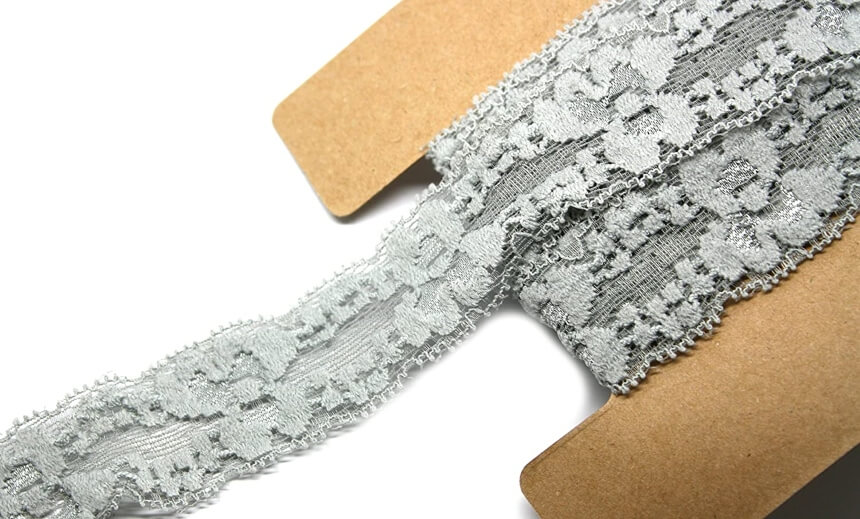 The lace elastic is best for lingerie and comes very soft. It is also called lingerie lace and is comfortable on the skin. It has a beautiful finish which indicates that you’re using the right side of the material.
The lace elastic is best for lingerie and comes very soft. It is also called lingerie lace and is comfortable on the skin. It has a beautiful finish which indicates that you’re using the right side of the material.
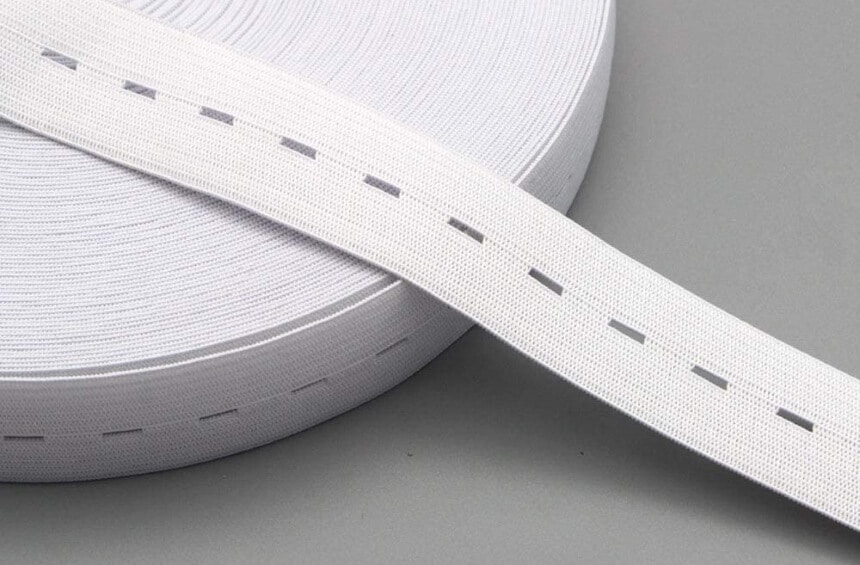 Buttonhole elastic is used mostly to make waistbands. Just as the name implies, it has buttonholes on it, and you can adjust it by looping another buttonhole on it. Click here to find amazing hand sewing needles to fix your buttons or make quick repairs to your clothing.
Buttonhole elastic is used mostly to make waistbands. Just as the name implies, it has buttonholes on it, and you can adjust it by looping another buttonhole on it. Click here to find amazing hand sewing needles to fix your buttons or make quick repairs to your clothing.
There are many elastics, but these are the most common ones, and they are also the most important for your sewing. You can learn everything about how to identify elastics when sewing to avoid making mistakes. Now that you know the different types of elastics for sewing and their uses, it shouldn’t be difficult knowing the right type to use, whether for your fabrics or jewelry. You now know what you can do with the lace, buttonhole, elastic cord, plush back, and fold-over elastics.
Elastics are very important, and you can hardly go without them when sewing dresses. When you apply the right elastic to your garment, you get the best results.